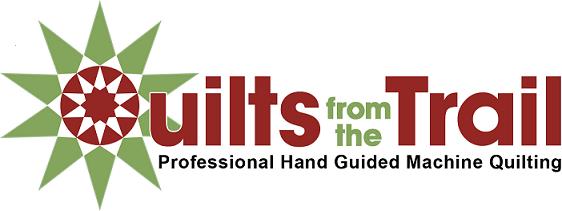Once you’ve finished piecing your
top, it’s time to choose your batting.
There are many brands and types
of batting available – from natural fibers like cotton and wool to synthetic
and man-made fibers.
You
will need to consider the following when choosing your batting:
·
How will
the quilt be used? Will it be a show
quilt? Wall hanging? Baby or child’s quilt – does it need to be
fire-retardant? Does the family have
pets? Will it be used as home décor or
will someone actually “use” it?
·
How often
will it be laundered? A quilt that
will be “used” will most likely be laundered frequently.
·
What kind
of look do I want? Puffy?
Drapy vs stiff?
·
What is
my preference for fiber? Cotton?
Poly? Wool?
·
How warm
do I want my quilt to be?
·
Do I have
price concerns? How much do I want to spend on batting?
Cotton and
Cotton Blends:
- Cotton batting is a low-loft batting – when washed and dried, your quilt will take on the soft, vintage look of traditional quilts.
- All around good choice for many quilts
- Cotton “breathes” – keeping you warm in the winter and cool in the summer
- Cotton batting can be heavy
Polyester:
- Available in various lofts
- Less expensive than cotton
- Lighter weight than cotton
- Doesn’t “breathe” like cotton
- Prone to bearding and pilling (coming through to top or back of quilt)
- May compress or flatten over time
- May melt or flatten if ironed too hot
Wool:
- Warm and breathable; retains warmth even if damp
- Light weight
- Adds puffiness/texture
- Good choice for show quilts as it easily releases wrinkles
- More expensive batting
- As with all wool, may attract moths so you will need to store appropriately
Other batting choices include:
- Flame-retardant battings – great for baby or children’s quilts (Brands include Dream Angel by Quilter’s Dream Batting and Warm and Safe by Warm and Company)
- Eco-friendly battings – bamboo and recycled (Brands include Quilter’s Dream Green [made from recycled bottles], Hobbs Kyoto Bamboo Blend, Soy Soft by Moda Fabrics)
- Flannel can also be used as a “batting” for a lighter, flatter quilt
Loft:
Some batting brands are available
in different lofts. Each will give a
different look to your finished quilt.
Low Loft:
- Easily needled for hand quilting
- Soft and drapable
- Resembles soft vintage quilts
- When hand-quilting – achieve small even stitches
Medium Loft:
- Adds texture to finished quilt
- Puffier look
- Warmer than low loft but not as soft/drapy if quilted too closely
High Loft:
- Good for highlighting detailed quilting
- Lots of texture to quilting
- Warmest of lofts
- Used primarily for comforters, bedspreads or tied quilts
- Stays soft and drapable with very open or light quilting
Packaged batting should be
removed from the packaging and allowed to “breathe” before using it in your quilt. The easiest way to do this is to let it lay
flat overnight. This gives it time to
“breathe” as well was relax any folds or wrinkles. Depending on the fiber content of your
batting, you can also toss the batting in a dryer for a few minutes. Read the label for the manufacturer’s
suggestions on drying. Use a “no heat”
setting for about 15-20 minutes.
Removing the batting from the packaging also allows you to check for
“thin spots” in the batting. If you take
your batting out and see thin spots, put it back in the package and return it
to the store where it was purchased.
My personal favorites:
·
Quilter’s Dream battings!!!! They are consistent in their quality and
quilt “like buttah”! Available at local
quilt shops.
· Warm and Natural, Warm and White from The Warm
Company. Available at local quilt shops
as well as Joann’s.
·
Nature’s Touch 100% Cotton Batting by
Pellon. Available at Joann’s.
If you have any questions about
batting, please feel free to contact me.
Happy Quilting,
Patti

No comments:
Post a Comment